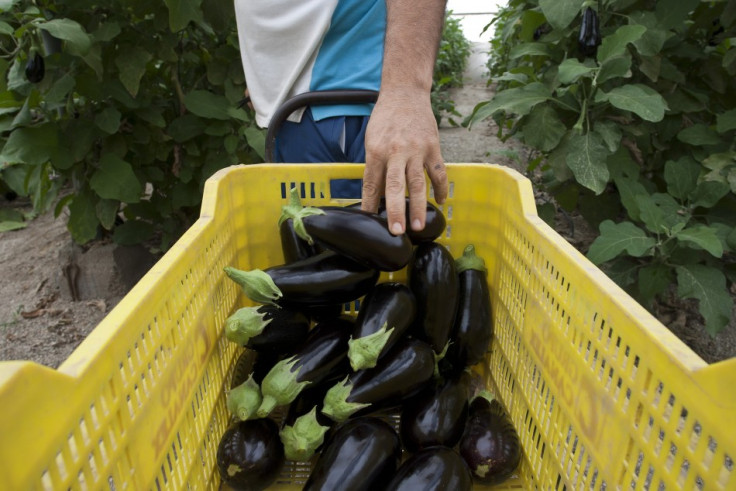E.coli 2011 outbreak: What are the symptoms?

The deadly new strain of E.coli that has killed at least 17 people and left 1,500 ill across Europe has never been seen in a human population and it may be the most toxic yet, health experts said on Thursday.
Travellers to Germany have been urged to avoid eating raw tomatoes, cucumbers or leafy salad, especially in the north of the country, and anyone returning with symptoms including bloody diarrhoea is being told to seek urgent medical attention.
Here are the answers to some common questions surrounding the outbreak:
1. What is E.coli? Escherichia coli (E.coli) are a group of bacteria that live in the intestines of many animals, including humans. There are many strains of E.coli and most are harmless, but others can cause illness ranging from diarrhoea to pneumonia. Subsequently, infections can be mild to life-threatening.
2. How is E.coli spread? E.coli infections are caused by ingesting the feces of infected animals or humans, often via contaminated food or water. People can contaminate food by failing to wash their hands after using the toilet or changing a baby's diaper but it can spread from person to person if the strain is infectious enough. This is what health officals are fearful of with the latest outbreak.
3. What is the current strain? One particular E.coli strain, E.coli 0157:H7 is notorious for its potential to cause disease in humans. The strain that has been identified in Germany and other parts of Europe is known as 0104:H4. This strain of E.coli causes an illness similar to infection with O157:H7.
It is part of a class of bacteria known as Shiga toxin-producing Escherichia coli, or STEC. It is the first time the strain has caused an outbreak in humans.
Symptoms of STEC infections vary for each person but often include severe stomach cramps, diarrhea (often bloody) and vomiting. Low fever (less than 38.5 degrees C) also may be present. Most people recover within five to seven days.
4. What are the symptoms of this strain? Hundreds of people affected by this outbreak have developed hemolytic uremic syndrome, or HUS, a life-threatening complication of E.coli infections. The syndrome, which results in the destruction of red blood cells and severe kidney problems, usually arises about a week after diarrhoea starts.
Symptoms of HUS include decreased frequency of urination, extreme fatigue and the loss of the skin's pink color in the cheeks and inside the lower eyelids. Children, the elderly and people with compromised immune systems usually are at highest risk for HUS. In the case of this outbreak, healthy adult women have been hardest hit.
5. What is the medical treatment? Experts said supportive therapy, including hydration, is important. Treatment for HUS includes dialysis for kidney failure and blood transfusions for anaemia. Antibiotics should not be used, as there is no evidence that treatment with antibiotics is helpful. Antibiotics and antidiarrheal agents like Imodium also may increase risk of HUS.
Source:
U.S. Centers for Disease Control and Prevention/Reuters
© Copyright IBTimes 2025. All rights reserved.



















